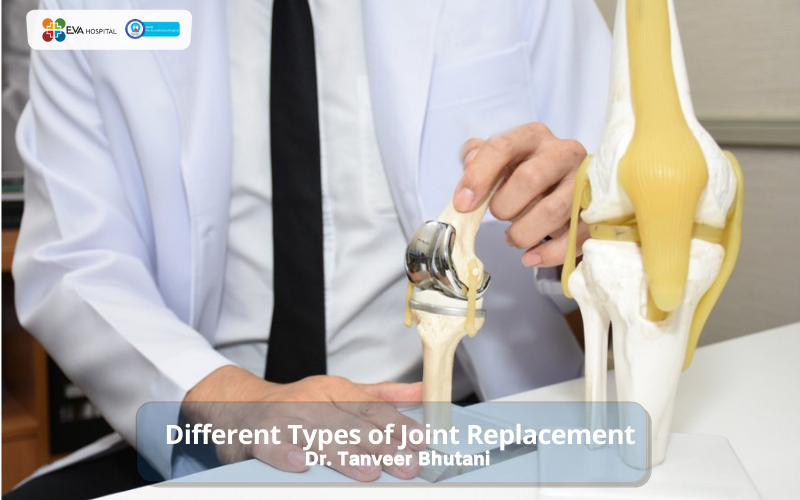
11 Exercises to Speed up Recovery Post Hip Replacement Surgery
The right combination of rest, nutrition, and exercises is required for a hip replacement surgery patient to regain his strength and acquire full mobility and flexion. This guide will help you build a workout program to regain your range of motion and mobility after hip replacement.
No 1: Toe bending
Most of the exercises recommended to someone recovering from a total hip replacement surgery involve working the ankle, leg, and hip muscles. However, it would be a mistake to start with your ankle directly. As prescribed under the Yoga philosophy, start with the simple toe bending —–inwards and outwards— while lying down. Consider this a warm-up routine.
No 2: Ankle pumps
Continue to lie down on your back and pull your toes towards you and then in the opposite direction. Ankle pumps are considered highly effective for blood circulation in your body.
No 3: Ankle rotation
Working the ankle in the same lying-down position, now switch to ankle rotation—clockwise and anti-clockwise. Go really slow and steady.
No 4: Knee bending
Now comes the knee bending —start slowly bending the twin knees using the force of the leg while lying down. Keep your heels flat on the bed, sticking with your buttock. Hold the position for a few seconds and then go back to the normal position.
No 5: Heel slides
From the base position, slowly slide the heel of one leg towards your buttock. Using the same moderate speed, extend the leg back. Repeat this with the other leg.
No 6: Glute squeezes
This workout involves tightening your buttock muscles, holding the position for a few seconds, and then slowly releasing them.
No 7: Quad squeezes
Again, in the lying down position, contract the large quadriceps muscles in the front of your thighs, and hold the position for 5 to 10 seconds.
No 8: Hip abductions
Lying down with your legs fully extended, move one of your legs away from the center of your body— the left leg has to be moved towards the left side and the right towards the right.
No 9: Seated knee extension
While sitting straight in a chair, try to extend your surgical knee. Repeat this exercise with the other leg as well.
No 10: Walking
Walking is the one workout that is primarily a bodily function, integral for a patient to go on with his regular life. A low-impact exercise, walking helps you recover movement, strengthen muscles and prevent blood clots post-surgery.
No 11: Stair climbing
This may sound like an uphill task post-surgery, but it is highly effective in building strength and endurance. Make sure you are holding on to the handrail, and go really slow and steady initially. More importantly, treat this as an exercise to build your strength and not an endeavor to test it.
Also Read: Exercises before knee replacement surgery
Caution
The exercises you have chosen to get better may be highly effective, but they would yield the expected outcome only when they are performed in a disciplined manner. Make sure you follow the points mentioned below to achieve the much-desired outcome:
Be regular: For a new patient recovering from hip replacement surgery, performing these exercises at least twice a day is recommended. You also have to do several rounds of one exercise for it to make the desired impact. As you build strength and achieve better movement, you can slowly lower the number of workouts in a week. That being said, quitting these exercises altogether at any point is advised against.
Go slow, go steady: It is understandable that you are in a hurry to get better. Unfortunately, total recovery will take the time it usually does. Be patient with yourself.
Listen to your body: Each patient is different and has specific requirements. If there is too much pain during a particular workout, quit it immediately. Ask your orthopedic surgeon why might be the cause of the discomfort and rejig your workout routine.








